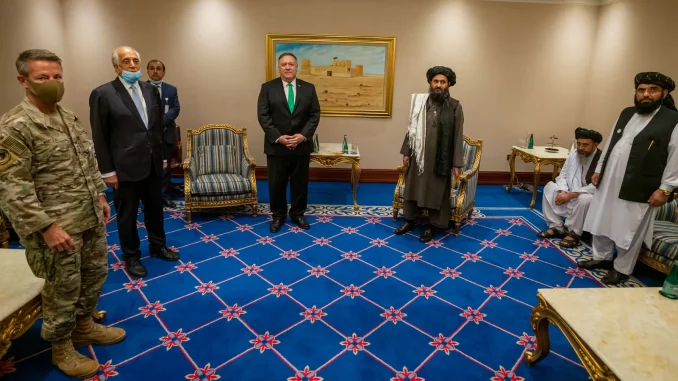
Introduction
In recent months, Afghanistan has witnessed a seismic shift in its political landscape as the Taliban, a militant group that had been ousted from power nearly two decades ago, rapidly regained control of the country. This resurgence coincided with the withdrawal of U.S. and NATO troops, marking a turning point in the long and complex history of Afghanistan. The situation is multifaceted and laden with implications for the Afghan people, regional stability, and global security. In this article, we will explore the events leading up to the Taliban’s resurgence and the challenges and concerns surrounding their return to power.
A Brief Overview of the U.S. Involvement
The United States became militarily involved in Afghanistan in the aftermath of the September 11, 2001, terrorist attacks, which were orchestrated by Al-Qaeda, an extremist group with safe havens in Afghanistan under the protection of the Taliban regime. The U.S. and its NATO allies embarked on a mission to eliminate Al-Qaeda and topple the Taliban government.
Over the years, the U.S. invested significant resources, both in terms of military forces and financial aid, to stabilize Afghanistan, build its institutions, and promote democracy. While progress was made in some areas, the situation remained complex and challenging, with the Taliban continuing to pose a significant security threat.
The Withdrawal of U.S. Troops
In April 2021, U.S. President Joe Biden announced plans to withdraw American troops from Afghanistan, ending a military presence that had lasted nearly two decades. This decision was part of a broader foreign policy shift aimed at ending “forever wars” and focusing on other global challenges. The withdrawal of troops began in earnest, and the Afghan security forces were expected to assume responsibility for the country’s security.
The Rapid Taliban Advance
As U.S. and NATO forces withdrew, the Taliban embarked on a rapid military offensive, capturing territory at an alarming pace. The Afghan security forces, despite receiving extensive training and support, struggled to repel the Taliban’s advances. Major cities and provincial capitals fell to the Taliban, creating a sense of panic and uncertainty among the Afghan population.
The speed of the Taliban’s resurgence took many observers by surprise. Negotiations between the Afghan government and the Taliban had been ongoing, but they failed to yield a significant breakthrough. The Taliban’s military gains, combined with the withdrawal of foreign support, emboldened their leadership.
Challenges and Concerns
The return of the Taliban to power in Afghanistan raises several challenges and concerns:
- Humanitarian Crisis: The intensifying conflict has led to a growing humanitarian crisis, with reports of civilian casualties, displacement, and shortages of essential supplies.
- Rights and Freedoms: There are concerns about the future of human rights, especially for women and minority groups, given the Taliban’s history of imposing strict interpretations of Islamic law during their previous rule.
- Regional Stability: Neighboring countries are closely watching the situation, as the instability in Afghanistan could have ripple effects across the region, including potential refugee flows and increased extremism.
- Global Security: The resurgence of the Taliban raises questions about the potential for Afghanistan to once again become a safe haven for international terrorist organizations like Al-Qaeda.
- Diplomatic Efforts: International diplomatic efforts are underway to address the crisis and find a path toward a peaceful and inclusive settlement. These efforts involve regional actors and global powers.
Conclusion
The events unfolding in Afghanistan are deeply concerning and hold significant implications for the Afghan people and the wider world. The rapid advance of the Taliban and the withdrawal of U.S. troops have left Afghanistan in a state of uncertainty and turmoil. The international community is closely monitoring the situation and working toward finding a way to prevent further escalation of the crisis and ensure a more stable and secure future for Afghanistan.